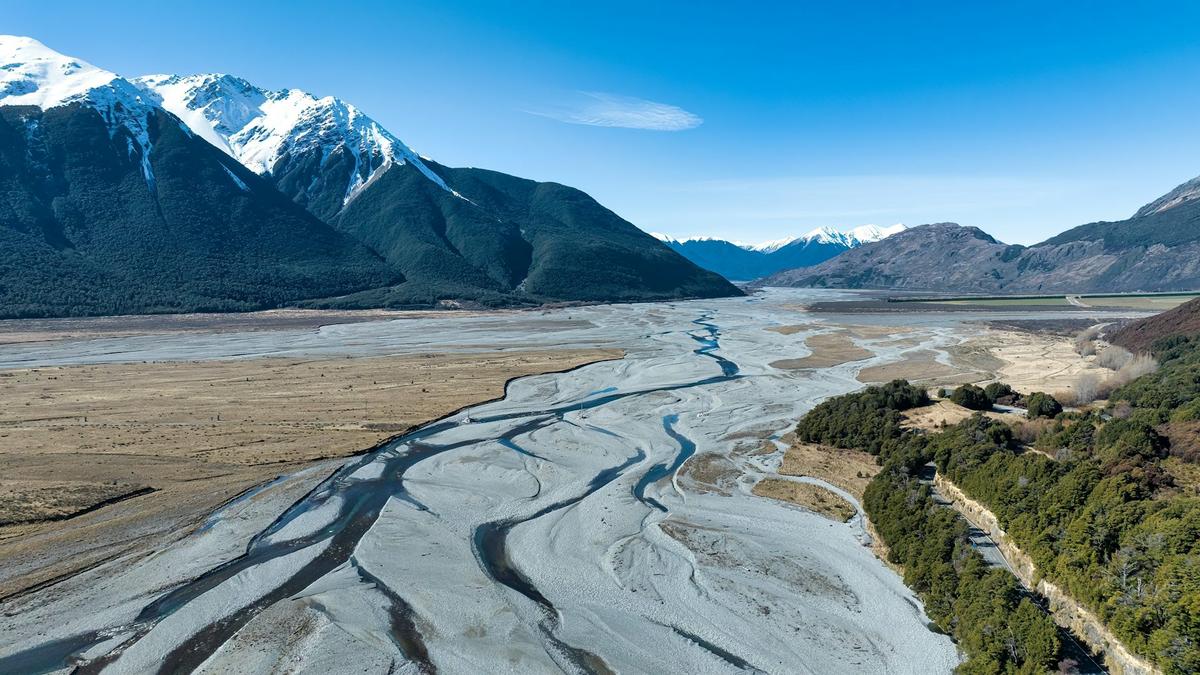
Flood management: Giving rivers room to move will help people, nature both Premium
The Hindu
Allowing rivers room to move also delivers ecological benefits far beyond flood risk reduction.
When we think about flood management, higher stop banks, stronger levees and concrete barriers usually come to mind. But what if the best solution – for people and nature – isn’t to confine rivers, but to give them more space?
This alternative is increasingly being considered as an approach to mitigating flood risk. But allowing rivers room to move also delivers ecological benefits far beyond flood risk reduction. It supports biodiversity, improves water quality and stores carbon.
As climate change increases the frequency and intensity of extreme floods, rethinking our approach to managing floodplain rivers has never been more urgent.
Climate change is amplifying flood risks worldwide, and Aotearoa New Zealand is no exception. Large floods are expected to become much more frequent and severe, threatening communities, infrastructure and ecosystems.
Many of these risks are made worse by past management decisions that have artificially confined rivers within narrow channels, cutting them off from their natural floodplains.
Floodplain river systems have historically been dynamic, shifting across landscapes over time. But extensive stop banks, modification of river channels and land development have restricted this natural variability.
Strangling rivers in this way transfers and heightens flood risks downstream by forcing water through confined channels at greater speeds. It also degrades ecosystems that rely on the natural ebb and flow of river processes.

 Run 3 Space | Play Space Running Game
Run 3 Space | Play Space Running Game Traffic Jam 3D | Online Racing Game
Traffic Jam 3D | Online Racing Game Duck Hunt | Play Old Classic Game
Duck Hunt | Play Old Classic Game











